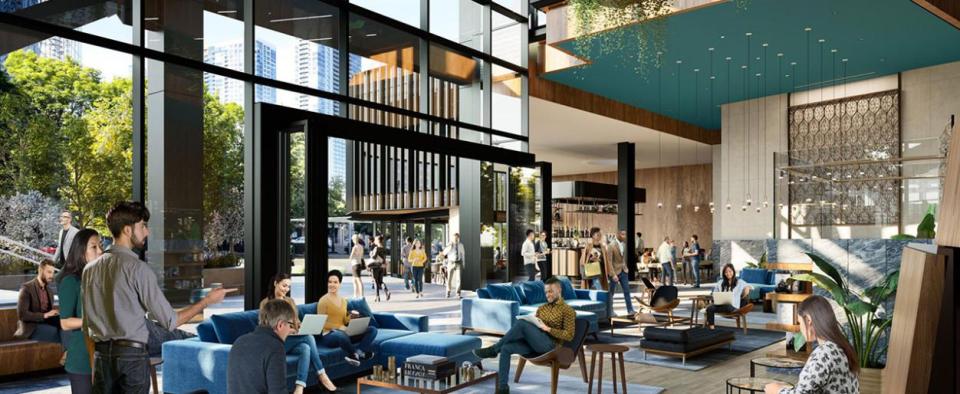Designing Residential Spaces for Modern Urban Lifestyles
In today's fast-paced urban environments, the design of residential spaces must evolve to cater to modern lifestyles that demand increased amenities and seamless integration with the surrounding cityscape. The success of residential developments now hinges on their ability to offer more than just a place to live; they must provide a vibrant and connected lifestyle. We'll explore the essential elements of designing residential spaces for modern urban lifestyles, drawing inspiration from established practices in Japan and innovative trends in luxury living.
The Demand for Modern Amenities
Modern urban lifestyles demand increasing amenities, especially well-connected transportation, diverse and well-curated retail spaces, and cultural and art spaces. To develop an urban lifestyle that constantly evolves and improves, the concept of “Town Management” has been practiced for many decades in Japan by large development companies such as Mitsui Fudosan, Mori Building, and Mitsubishi Estate. With this town management concept, these companies have been creating mixed-use developments full of energy and connections between people to live, work, and play, all in a compact city-like development.
Proximity and Integration: Key to Vibrant Communities
Residential spaces within such developments are not just living spaces but are part of a vibrant lifestyle. The proximity to a transportation hub, diverse retail options, and entertainment and cultural activities become significant attractions for the residential spaces to garner unique brands and see a substantial increase in real estate value. In Tokyo and Seoul, these more closely knitted residential spaces within urban developments have proven to continue to thrive and keep up with the constantly evolving demands of urban residents. A lot can be learned from Tokyo and Seoul that could position residential developments in the States to be at the forefront of the future of residential developments for years to come.
Lessons from High-End Developments
The contemporary urban lifestyle extends beyond the domestic life of the home and is integrated with the surrounding urban network. The boundaries between labor and leisure have become less distinct. These trends present new design opportunities for multifamily residential buildings, specifically through the creation of robust packages of shared amenity spaces. Designing a diverse array of communal amenity spaces can enrich residents’ experience and complement an urban lifestyle.
Designing Flexible and Multi-functional Spaces
A range of material and acoustic treatments can be used to create flexible spaces that can be utilized throughout the day, programmed for both remote work and entertainment. Spaces conducive to gathering, such as lounges, media rooms, or exhibition kitchens, can allow residents to expand beyond their living spaces when hosting guests.
Promoting Wellness, Recreation, and Hospitality
By providing a variety of wellness offerings beyond a fitness center, such as yoga or movement studios, spa programming, and connections to exterior walking and bike trails, residences can support a healthy and active lifestyle. Incorporating recreation-focused amenities such as a golf simulator, pickleball courts, or a dog park can provide convenience and accessibility for residents with busy schedules. Furthermore, amenity offerings can be enhanced by hospitality services such as concierge, valet, and dining, adding both luxury and practicality to daily life.

Conclusion
Designing residential spaces for modern urban lifestyles involves creating vibrant, connected communities that cater to the diverse needs of today's urban residents. By drawing on successful models from cities like Tokyo and Seoul and incorporating a wide range of amenities and services, developers can create residential spaces that go beyond traditional living environments. These spaces support a dynamic, integrated lifestyle, ensuring that urban residents have access to everything they need to live, work, and play within their immediate environment. The future of urban living lies in these well-designed, multifunctional residential developments that offer a seamless blend of convenience, comfort, and community.

